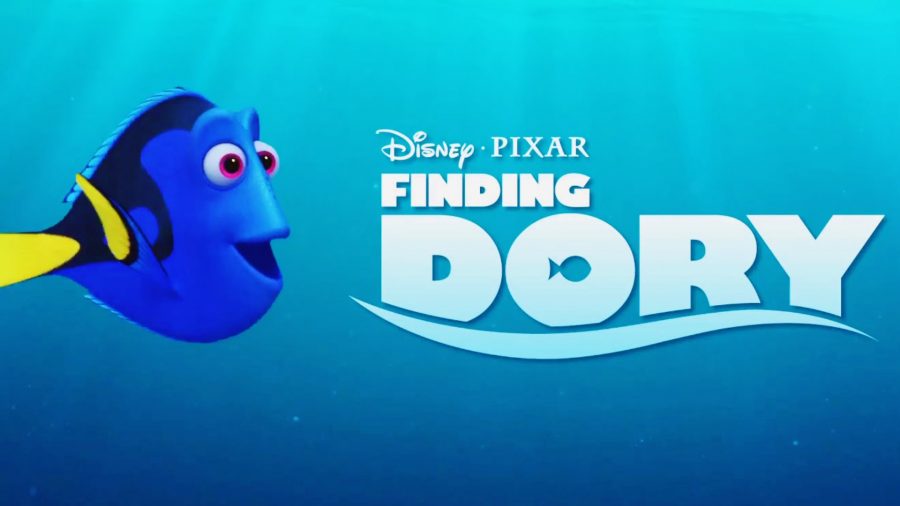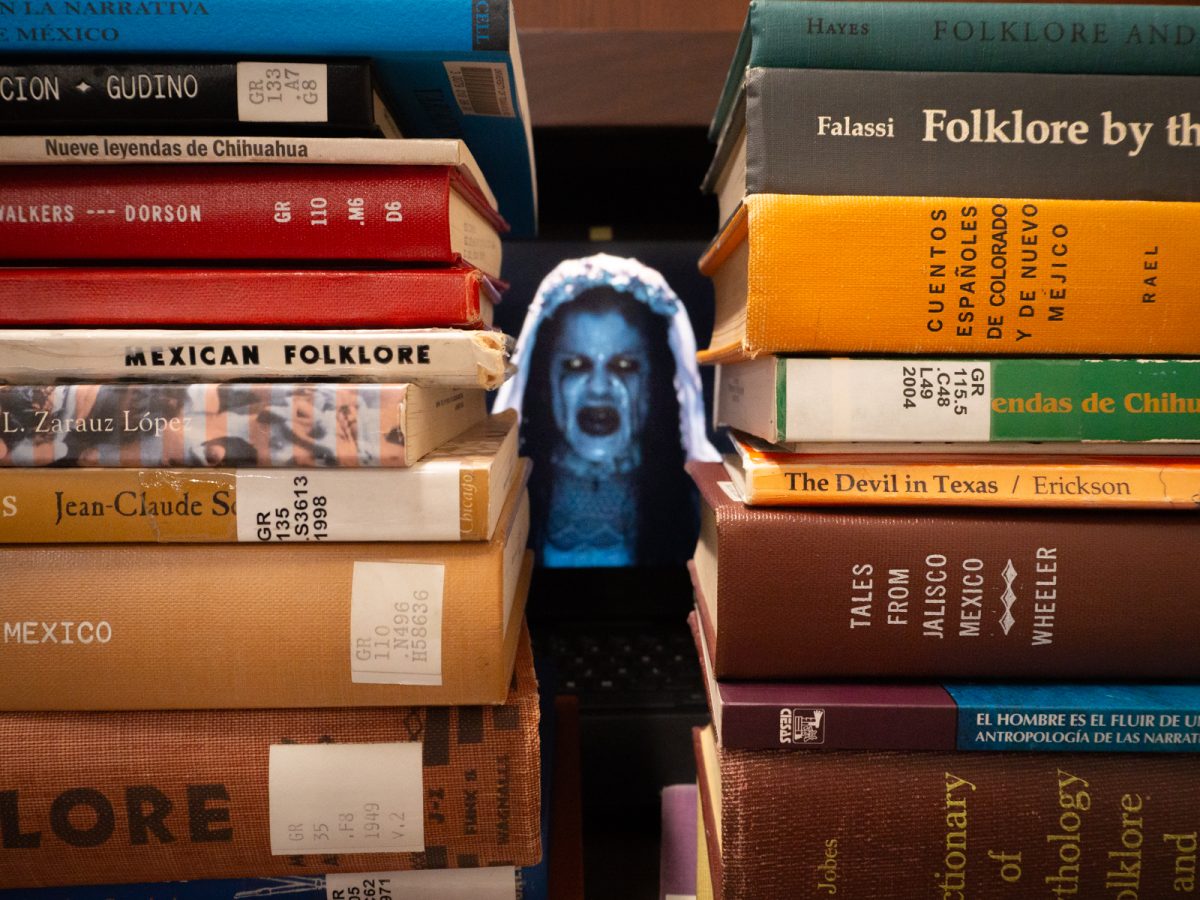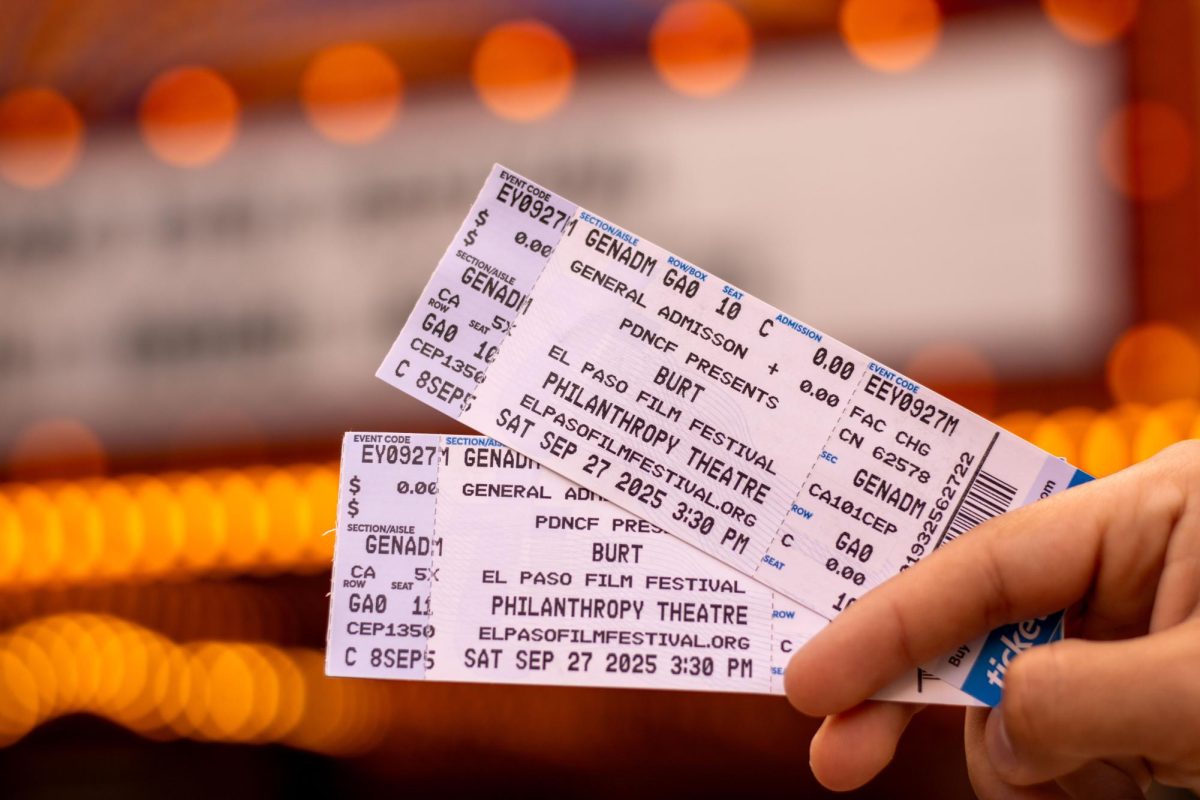The forgetful, yet unforgettable, blue tang named Dory has been given her own movie years after the release of “Finding Nemo.” Director Adam Stanton brings back the familiar faces of Nemo, Marlin and of course Dory —children (and adults) of all ages can see the journey to find Dory’s family, which was released June 17.
Along with the anticipation of a beloved children’s movie, Disney had also suggested the introduction of a lesbian couple. Similar to any other controversial issue, this speculation features one side opposed to the possibility of a children’s movie featuring the LGBTQ community, while the other side deems it important for this kind of love to be seen.
While Disney has my support in introducing the LGBTQ community, I do think it’s necessary that they do so in a PG-rated film. Even though there are some Disney movies that involve kissing, a great majority of the movies express emotion through facial expressions and appropriate body language.
Ellen DeGeneres, the voice actor for Dory, suggested in an interview that maybe the husbands of the couple were off getting some treats. Then again, maybe they are family members or friends, or maybe they are in fact lovers.
When seeing the movie, the supposed lesbian duo’s presence was brief, and no exasperated or surprised gasps were heard in the audience. We all live in a world filled with diversity that inspires movies such as “Finding Dory.” If a children’s movie can feature disabilities that exist in the real world, then why can’t there be a couple—not in PDA mode might I add—that represents the LGBTQ community?
Disney furthered their innovation as they taught the audience the importance of accepting disabilities. Even though the majority of us have known Dory for a long time, the movie made it a point to go deeper into the story of the blue tang’s short-term memory loss. As the movie gave a whiplash of long-lost memories regained, those close to Dory realized that her disability allowed her to be the loving and helpful fish that she is.
Not everyone has to accept the gay community or take recognition of disabilities—even if it’s in a movie—but these are not things that have to been seen as taboo. Movies often resemble real life. To live in a world built on variety—and technology nonetheless—shouldn’t it be important to teach younger generations that diversity is normal?
As colorful plant life and the talking fish roamed the world of “Finding Nemo,” my inner 6-year-old self was brought back while the recent installment was a nostalgic remembrance of my childhood. The storyline picks up where “Finding Nemo” left off and takes its fans through a journey filled with Dory’s childhood, colorful new friends and sticky situations.
When a movie sticks to the original storyline as well as “Finding Dory” does, it was no surprise that a few scenes left me teary eyed and sympathizing for the characters. If there is anything important to take away from the movie, it is the symbolism it represents about the importance of close relationships and how anyone can achieve their biggest dream, no matter how small they are. Throughout the movie, I found myself completely submerged and would definitely go see it again.
“Finding Dory” is fun for all ages and will also give the audience a chance to see the ocean up close—from the little specs of algae in the ocean, the dark blue freckles on Dory’s nose and the million little barnacles that are clamped to oceanic rocks. “Finding Dory” not only offers a trip down memory lane, but also a rewarding experience on the importance of family, the acceptance of friends, and the aid of a seven-tentacled octopus named Hank.
“Finding Dory” is in theaters near you. Check your local cinema for show times and more information.
Allison Livermore may be reached at [email protected].





